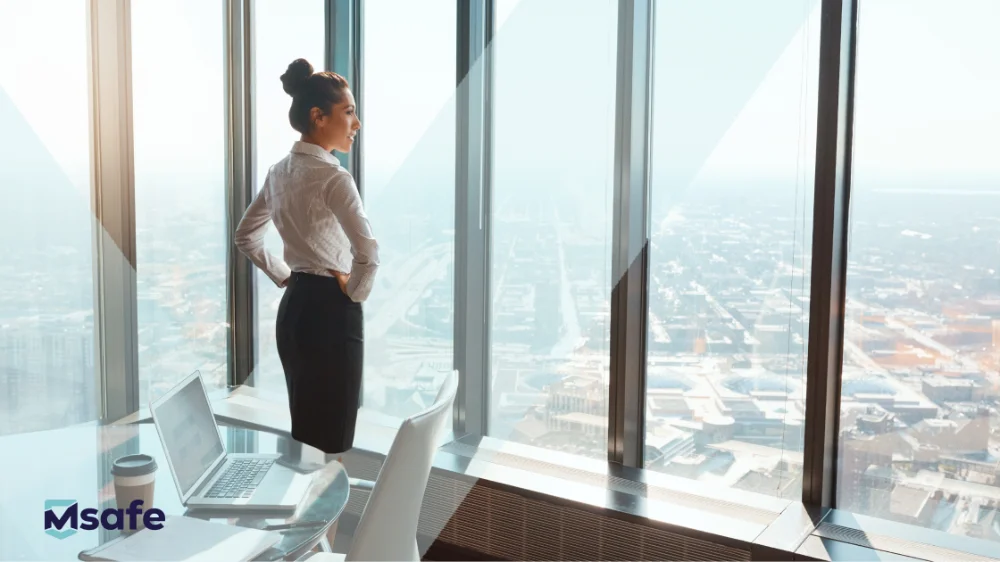For large organizations in sectors such as finance, industry, and operational technology (OT infrastructure), it is essential to understand that NIS2 is not just about firewalls and antivirus software. The directive emphasizes business continuity ensuring that critical processes remain operational even in the event of a cyber incident.ChatGPT zei:
NIS2 and business continuity
The Dutch implementation of NIS2 (Cybersecurity Act) explicitly identifies business continuity as part of an organization’s duty of care. This includes establishing backup management, contingency measures, and recovery plans (cyberday.ai). ENISA also highlights that risk mitigation measures under NIS2 must be designed to “minimize the impact of incidents on services and systems” (enisa.europa.eu).
In other words, organizations must not only protect but also remain operational.
Sector-specific challenges: finance, industry, and OT infrastructure
Finance
Banks and insurance companies operate under strict regulations and rely heavily on uninterrupted service delivery. A cyberattack that halts transactions can immediately result in reputational damage and systemic risk. For these organizations, NIS2 means aligning recovery mechanisms with the stringent requirements of the ECB and DNB, including frequent testing scenarios.
ndustry
Production lines are often highly automated. A ransomware attack can lead to production downtime and financial losses amounting to millions of euros. NIS2 requires segmentation between OT and IT networks, as well as recovery plans that go beyond a simple factory restart, including prioritization per production line and inventory management as an emergency buffer (xebia.com).
OT infrastructure
In sectors such as energy, water, and transport, service disruption has an immediate impact on society. Redundancy is therefore critical: parallel systems, failover mechanisms, and contingency plans that allow manual control of critical operations. NIS2 reinforces the obligation to structurally ensure continuity, including close collaboration with suppliers and regulators.
Practical steps for NIS2 compliance and continuity
Decision-makers can translate NIS2 into concrete action by:
- Map out critical processes and dependencies
- Define RTOs (Recovery Time Objectives) and RPOs (Recovery Point Objectives) for each process
- Structurally testing backup and disaster recovery procedures (keepit.com)
- Expanding crisis management to include the entire organization
Frequently Asked Questions about NIS2 and Business Continuity
1. What does NIS2 mean for business continuity?
NIS2 requires organizations not only to secure their systems but also to ensure business continuity through backups, recovery plans, and contingency measures.
2. Which sectors fall under NIS2?
The directive applies to sectors such as finance, industry, and OT infrastructure, where disruptions can have significant economic and societal consequences.
3. What are practical steps to become NIS2 compliant?
Key steps include mapping critical processes, defining recovery objectives, and performing regular backup and recovery tests, combined with an integrated approach to crisis management.
4. How does NIS2 differ from previous directives?
NIS2 places greater emphasis on business continuity, executive accountability, and supply chain risks, making it a strategic governance issue rather than merely an IT topic.
NIS2 and business continuity summarized
NIS2 is not an IT issue but a strategic continuity challenge. For finance, industry, and OT infrastructure, it means investing in both prevention and recovery to ensure that a cyberattack does not escalate into a business or even societal risk. For the boardroom, this is the true value of NIS2: resilience as a foundation for trust and long-term sustainability.







